The Kitchen Sink Painters
You may have heard the saying “we brought everything but the kitchen sink.” In Australia this usually means that you have overpacked for a trip or a holiday!
However, in terms of painting, The Kitchen Sink School was a term coined by art critic David Sylvester, to describe a short-lived style of Realism in London between 1952 and 1957.1
Realism, in the arts, may be defined as the accurate, detailed, unembellished depiction of nature or contemporary life.1
The home and domesticity were the main subjects of “kitchen sink” painting by four artists named John Bratby, Jack Smith, Edward Middleditch, and Derrick Greaves.
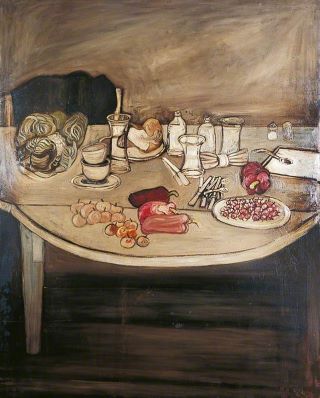
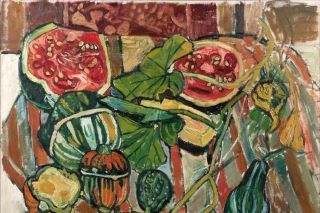
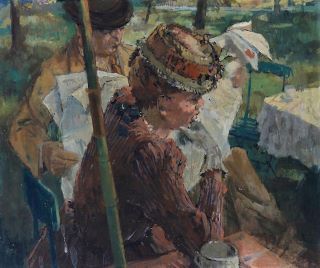
The term kitchen sink was derived from one particular expressionist painting by John Bratby of a kitchen sink. Bratby did various kitchen and bathroom-themed paintings, including three paintings of toilets!
Life in post-war London was austere, with many years of rationing and deprivation as Britons tried to rebuild their city and their lives. Bratby's paintings often depicted social scenes of cluttered domestic life in dark, sombre colours, showing the faces of his subjects as desperate and unsightly. 2
In what can be considered a classic “kitchen sink” painting because of its mundane breakfast setting, in Jean and Table Top (Girl in a Yellow Jumper), John Bratby depicts his new wife gazing blankly across their kitchen 2
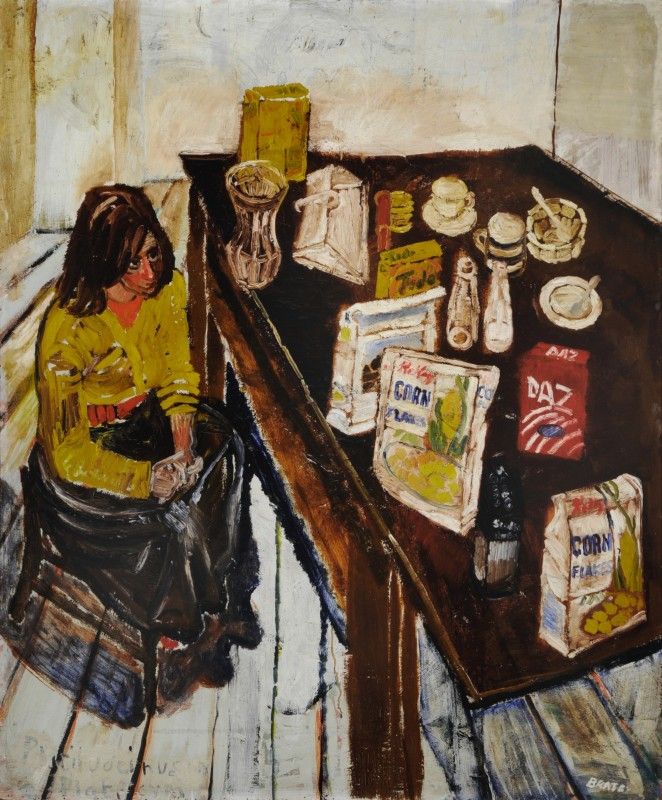
John Bratby repeatedly painted the home he shared with Jean Bratby (Cooke) throughout the 1950s and 1960s, recording the mundane details of their kitchen, bedroom, and living room.
In these paintings Jean is often portrayed by John as despondent and passive. In his numerous self-portraits, John Bratby depicts himself within the domestic space but not necessarily engaged with it (or with Jean). This can be seen in Kitchen Interior below, where John stands removed from the scene with his hands in his suit pockets as Jean washes dishes 2
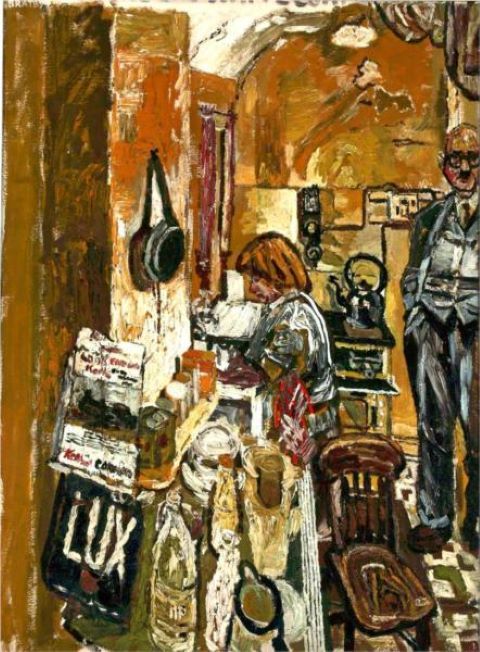
Unlike other “schools” or movements in early twentieth-century British art, the four did not group themselves based on mutually agreed principles, but were linked by critics, curators, and their dealer, Helen Lessore at the Beaux Art Gallery, for a perceived commonality in style and their preference for domestic subject matter. From 1952, they exhibited together regularly as the Beaux Arts Quartet, until the critic David Sylvester colloquially described them in 1954 as painters of “the kitchen sink” and the name stuck.2
The other Kitchen Sink realism artists also painted the commonplace subject matter of daily life such as factories, cluttered kitchens, drab interiors, untidy backyards and slums, complete with rubbish bins and beer bottles.
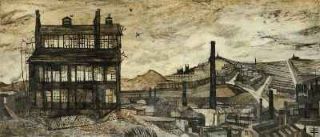
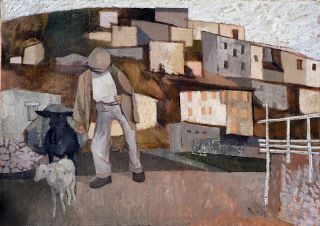
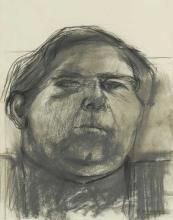
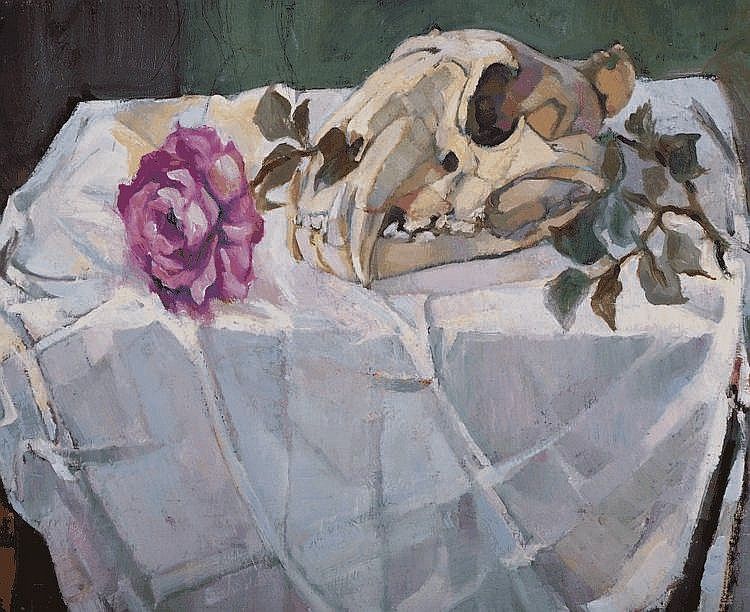
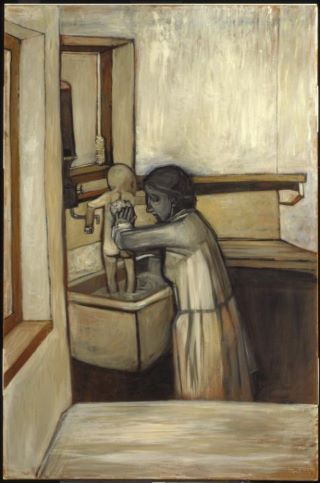
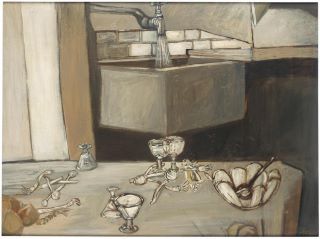
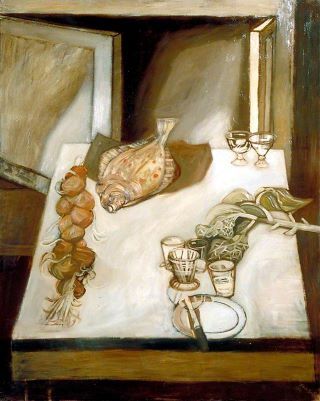
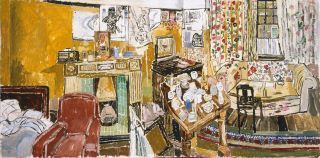
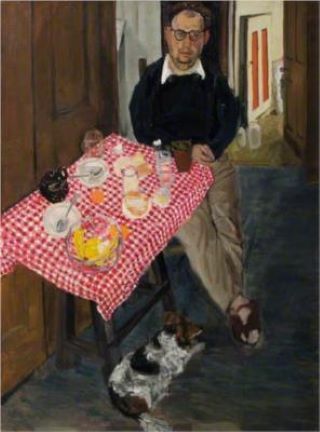
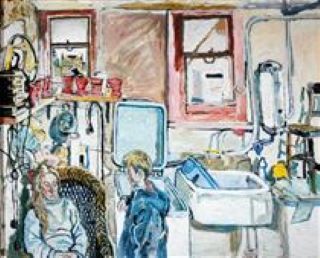
In 1956 the group were invited by the British Council to represent Britain at the Venice Biennale. However, within a decade, their sometimes depressing representations of austere domestic life had fallen out of favour as Britain began to move into the “Swinging 60’s” and a new direction of Modernism and Abstraction evolved.
Thankfully, these four painters were versatile and young enough to also evolve their styles to respond to the emerging trends of inhibition and new found freedoms.
Soon I'll be returning with a post on another group of urban realists - The Ashcan School of Art - who set out to tell certain truths about modern city life. Coming up soon.
Footnotes
- With thanks to Wikipedia
- With thanks to British Art Studies
